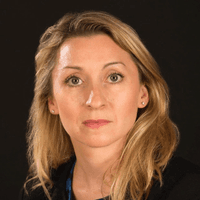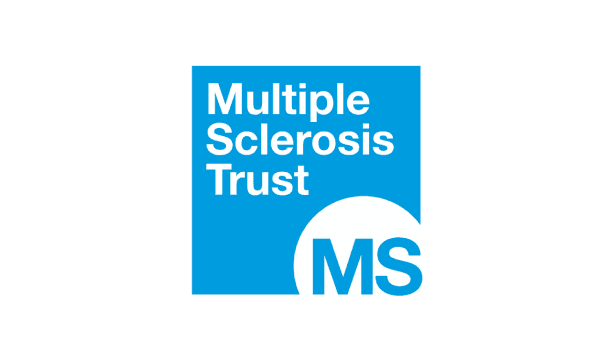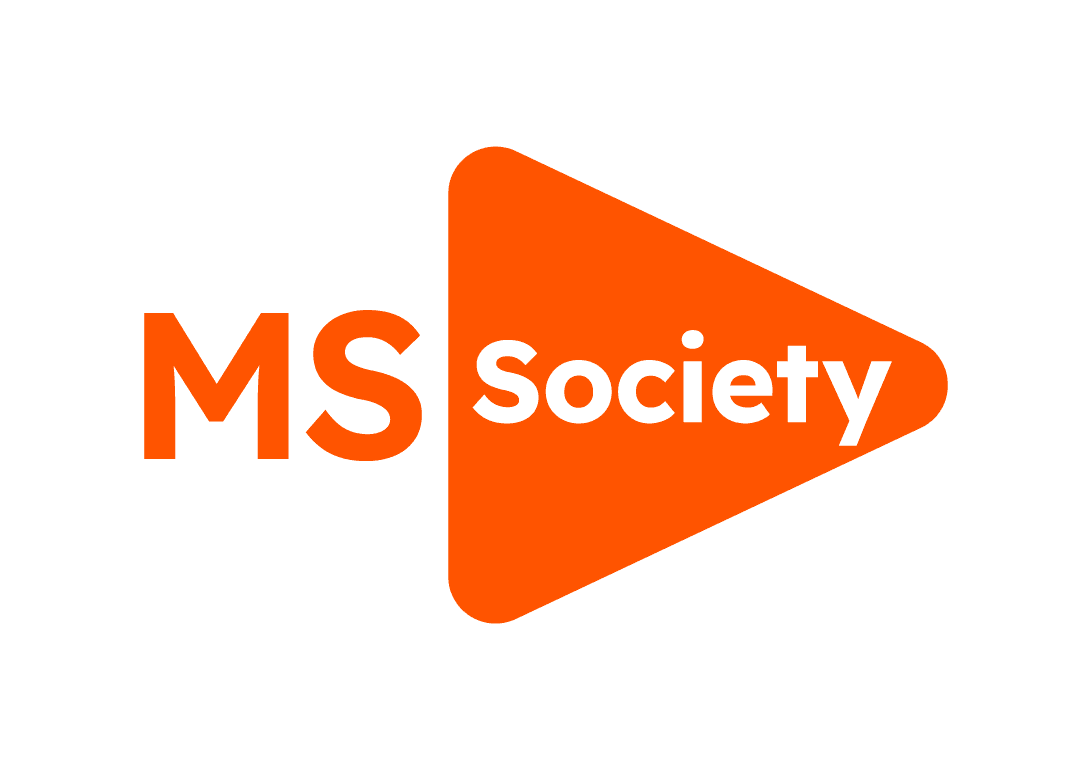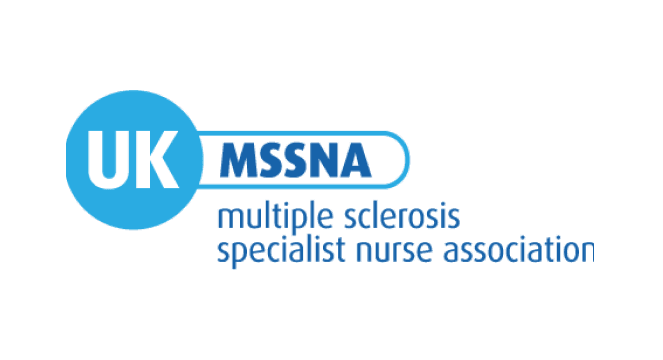Before you watch this webinar
Enhancing your learning experience begins with understanding you better. Collecting data enables us to tailor our educational content specifically for our audience. Discover more about how we handle your information in our Privacy Policy.
Event
Siponimod – how do we give patients with secondary progressive MS hope?
Are the ‘Forgotten Many’ forgotten again? NICE rejects Novartis’ Mayzent for SPMS
→ Read the MS Academy’s statement on NICE’s decision on siponimod
Before we, as the MS Academy, respond to NICE it is important we do a short survey to find out what the situation is on the ground and see if there is any consensus in our practice. We would appreciate it if you spend 2 to 4 minutes completing the following survey.
Summary
In June, NICE issued draft guidance which saying it was unable to recommend siponimod as a disease modifying drug (DMD) for secondary progressive MS (SPMS) in England and Wales.
The news came as a blow to people with SPMS who have no other treatment options, and to clinicians who had been discussing the possibility of the drug with their patients.
Dr David Paling, Prof Gavin Giovannoni, and Dr Rachel Farrell discussed the implications of the decision and the future of SPMS treatment.
“The said the day I heard the news that NICE rejected siponimod for active secondary progressive MS, I kept looking at my Excel sheet of patients who I have been carefully preparing for the last year. I’ve been giving these patients hope and it breaks my heart to hear this decision,” Dr Riffat Tanveer, webinar delegate.
The panel spoke about how neurologists had been “warehousing” potential siponimod candidates while they waited for the decision from NICE, a move that had left many feeling guilty that they had provided “false hope”.
When secondary progressive disease “actually begin”? (03.39)
“I think it depends on how hard you look. Certainly, from MRI and pathology studies, there’s no clear pathological determinant of whether someone is relapsing remitting or secondary progressive,” said David.
He added that it became clearer as people become more disabled, but he believed SPMS started “a lot earlier than we recognise”.
“At the moment we are in a very odd situation where when we made the diagnosis of progressive MS, we actually inhibit lots of people’s DMD treatment choices, so there’s actually a negative incentive for us to make that diagnosis.
“One of the things I was hoping might change with siponimod is that we’d have an earlier, more frank conversation with our patients about some of the elements of their disease that may be secondary progressive, and how we might help with that,” said David.
Rachel spoke about the role of cognitive function in diagnosing progressive MS, saying: (06.09)
- she had met patients with a label of benign MS who had severe cognitive impairment amounting to dementia
- older people may have cognitive impairment related to natural aging or comorbidities, rather than their MS
- symptomatic treatments can impact processing speed
- people with depression may appear to have cognitive impairment
“Using cognition as a marker of disease progression, in the absence of other functional systems progressing as well, can be tricky,” said Rachel.
The panel also discussed the role of the Symbol Digit Modalities Test (SDMT) in measuring cognitive function. (08.30)
Roche is among the companies developing apps that use the SDMT to track disease trajectory over time, said Gavin, asking if these applications would be useful in SPMS diagnosis.
David said:
- yes, but not in isolation – app results would be correlated with patient-reported symptoms, comorbidities, and other factors such as changes in medication, depression etc
- neurologists have to make decisions based on a very short window of time spent with patients, so additional information on disease trajectory is to be welcomed
- he has concerns over such apps making MS ubiquitous in people’s lives, and having an adverse psychological impact
“These apps have clear potential, but we have to evaluate them in the same way as we would a medicine and look at the potential harms,” said David.
Is there a nice way of telling someone they have SPMS? (11.22)
“I think that the majority of patients know that they have become progressive, and don’t really want us to see it. They might say they are fine, that they are stable, but when you look back through the data you see the signs of change,” said Rachel, adding that there was a “real reluctance to give someone a label of something that we do not have a treatment for”.
Effective diagnosis of progressive disease, she said, relied on:
- working in partnership with patients to build trust
- encouraging self-knowledge and self-management
- having open discussions about what progression means
- responding to each person as an individual
- supporting people through the transition
The annual review is key to the overall assessment of progression, said Rachel, pointing out that this did not need to be carried out by a medic – MS nurses and AHPs are more than capable.
As soon as you label someone as having SPMS they should come off treatment. But most patients with SPMS are on DMTS. Do you agree? (18.39)
David said he did agree, and that it demonstrated the transition from RRMS to SPMS was “not a useful concept.” It is extremely difficult for even a skilled neurologist to make the diagnosis, and this was evident, he said, from the centre to centre variation in how the decision was approached.
“If you say someone’s secondary progressive when they were relapsing, and you withdraw their treatment and they have relapses you can do real harm. Whereas if you give someone secondary progressive MS a treatment, we know from studies that while it won’t do them any good, neither does it do them any harm,” said David.
Siponimod was licenced for active SPMS, which is often classified as featuring superimposed relapses within six to 12 months, or focal MRI activity. What would your time window be for assessing whether SPMS can be classed as active in the later scenario? (20.38)
Rachel said she would wait between six and 12 months after acquiring a new baseline MRI to repeat the scan in those who seem to be progressing slowly and without relapses.
“If they’re changing more rapidly, I would do a follow up scan within six months. I would include the cervical cord, but I’d want to do the spinal cord as well. I think there’s quite a few patients who are progressing, particularly from a motor point of view, and while their brain scans haven’t particularly changed, but they have a lesion in the cord,” said Rachel.
Asked if she would advocate getting all patients who had been lost to follow up back in for a new baseline MRI scan, Rachel said yes.
In the future, neurofilaments may also play a role in understanding inflammation levels, the panel agreed.
Once you have given someone the label of SPMS in the notes, you can’t go back – so how do you give patients hope? (36.58)
“I tell people that every time I see you, we will go back over things and we will see what we think has gone on over the last year. I tell people that in my experience, it’s not true (that it’s a one way street), I tell them that they may come back in a year and be exactly the same,” said David.
The panel agreed that there was always something to offer people with progressive disease to make their lives better. It’s important to consider holistic management, they said:
- physiotherapy
- occupational therapy
- symptom management
They also agreed that while siponimod wasn’t a game changer, it represented an evolution in treatment options for progressive disease. (39.09)
“It also has effects on the inflammatory component of multiple sclerosis, so it covers this transition period that we find so difficult where we can’t tell what proportion of the disease is inflammatory and what proportion is neurodegenerative,” said David.
However, the drug is not perfect, he said, describing it as a “steppingstone to hopefully more effective treatments”.
Rachel said: “When we talk about hope for people with SPMS, I think the ones who will be eligible for siponimod will be the few compared to the many… I think this is a great first step in that it’s the first positive trial of a licenced drug for SPMS, but I don’t think it is a gamechanger.”
How do we break the news to patients who had been waiting for siponimod that NICE has said no? (47.16)
“I’ll apologise for raising their hopes and point out that it isn’t perfect – that it has a fairly small effect upon progression.
“There are other things that we can do to help people’s MS, like review their medications, making sure I’m maximally treating their symptoms, and that I’m not giving them medication that’s impairing their cognitive performance… I’ll try to make it up to them,” said David.
Watch the webinar to listen to the full discussion.
Resources
- EAN 2020 congress reports:
- ‘The Forgotten Many’ reports on significant service gaps for people with secondary progressive MS
- MS Academy’s statement on NICE’s decision on siponimod: Are the ‘Forgotten Many’ forgotten again? NICE rejects Novartis’ Mayzent for SPMS
Our Multiple Sclerosis webinars are available on SoundCloud:
soundcloud.com/neurologyacademy
Our sponsor

This activity has been supported by sponsorship from and Roche. The sponsor has had no control over the educational content of this activity.
Speakers
 Dr David Paling
Dr David PalingHonorary strategic director, MS Academy & consultant neurologist, Sheffield Teaching Hospitals NHS Foundation Trust
 Prof Gavin Giovannoni
Prof Gavin GiovannoniProfessor of Neurology, Barts and The London School of Medicine and Dentistry
 Dr Rachel Farrell
Dr Rachel FarrellConsultant neurologist, National Hospital, Queen Square
Encouraging excellence, developing leaders, inspiring change
MS Academy was established five years ago and in that time has accomplished a huge amount. The six different levels of specialist MS training are dedicated to case-based learning and practical application of cutting edge research. Home to national programme Raising the Bar and the fantastic workstream content it is producing, this is an exciting Academy to belong to.




